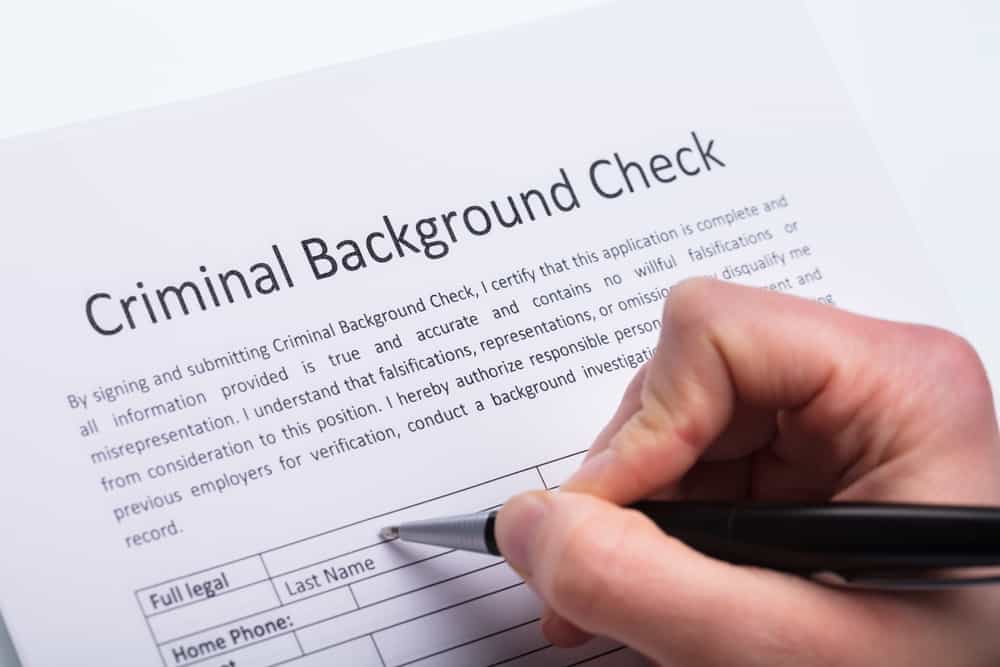What is a Moving Violation?
It is important to first understand exactly what is a moving violation. A moving violation is when the law is violated when a vehicle is in motion. Moving violations are generally considered more serious than paperwork violations because moving violations can cause injury and death to those on the road. Understanding moving violations is important because moving violations are some of the main reasons that a driver can lose his or her license.
Types of Violations
Moving violations are always charged against the actual driver where some other violations, like parking violations, are charged against the owner of a vehicle. There are many types of moving violations with some violations considered much more serious than others. One type of moving violation is speeding. If the driver speeds more than 15 mph over the limit two times within three years, there will be a disqualification from driving for 60 days. If the driver violates the rule three times within three years, the driver will have a disqualification from driving for 120 days. These types of disqualifications in most cases will lead to termination of the driver from his or her carrier.
Other violations include overtaking on the right side, overtaking on the left side, and driving to the left of the center of the road. There are more serious violations that result in harsher penalties. Driving with an alcohol concentration of more than .04, using a commercial vehicle in the commission of a felony, and driving under the influence of drugs. These more serious violations result in a full one-year disqualification from driving. The disqualification will be extended from one year to three years if any of these more serious penalties occur while transporting materials that are hazardous.
Other types of moving violations include reckless driving, negligent driving, following too close, and erratic/improper lane changes. These types of violations will generally have the same penalty as driving more than 15 mph over the speed limit.
Consequences of Violations
One extreme negative result of a speeding ticket is that a CDL speeding ticket is made public. The employer of the driver has to be notified within 30 days. Many times, such notification can lead to suspension or even termination.
Lifetime disqualifications from driving can occur if there is a second conviction for those more serious violations while committing a felony that involves the manufacturing, dispensing, or distribution of a controlled substance. If there are three drug or alcohol violations within five years, there can also be a lifetime disqualification from driving. For any local or State violation, the driving must notify their employer and the Department of Licensing within thirty days.
There are many other issues for drivers if they commit moving violations. Insurance premiums increase substantially and will remain at an elevated level for three years. The costs and profits to a driver and his or her company can dramatically change because of moving violations. It can also cost a driver his or her job and also make it difficult to obtain new employment.
Driver License Point System
What also is important to understand with moving violations is the driver’s license point system. States set a limit to the number of points a driver can have before his or her license is taken away. Moving violations add to the number of points a driver has and can lead to a driver having his or her license taken away. In certain circumstances, points can be removed through a driver taking a safe driving course. There are different rules for different states, so a driver needs to make sure that the course will remove points for his or her state before taking the course.
Even though moving violations are important for the average driver, moving violations are even more serious for the commercial driver since the commercial driver spends considerably more time on the road than an average driver. In the case of moving violations, insurance rates will increase substantially more for a commercial driver than for the average driver. Understanding the different types of moving violations that occur will help the driver keep his or her license.



